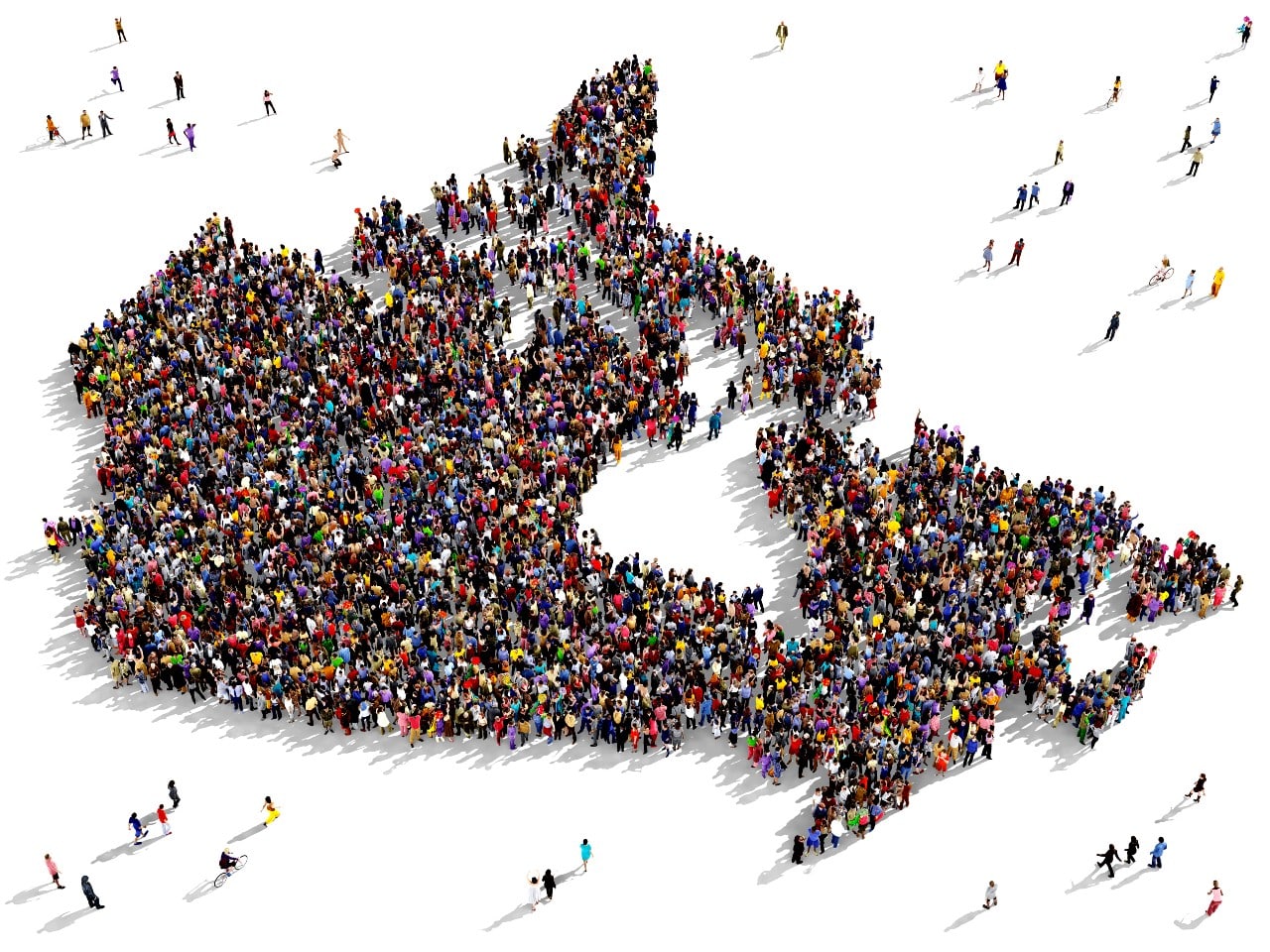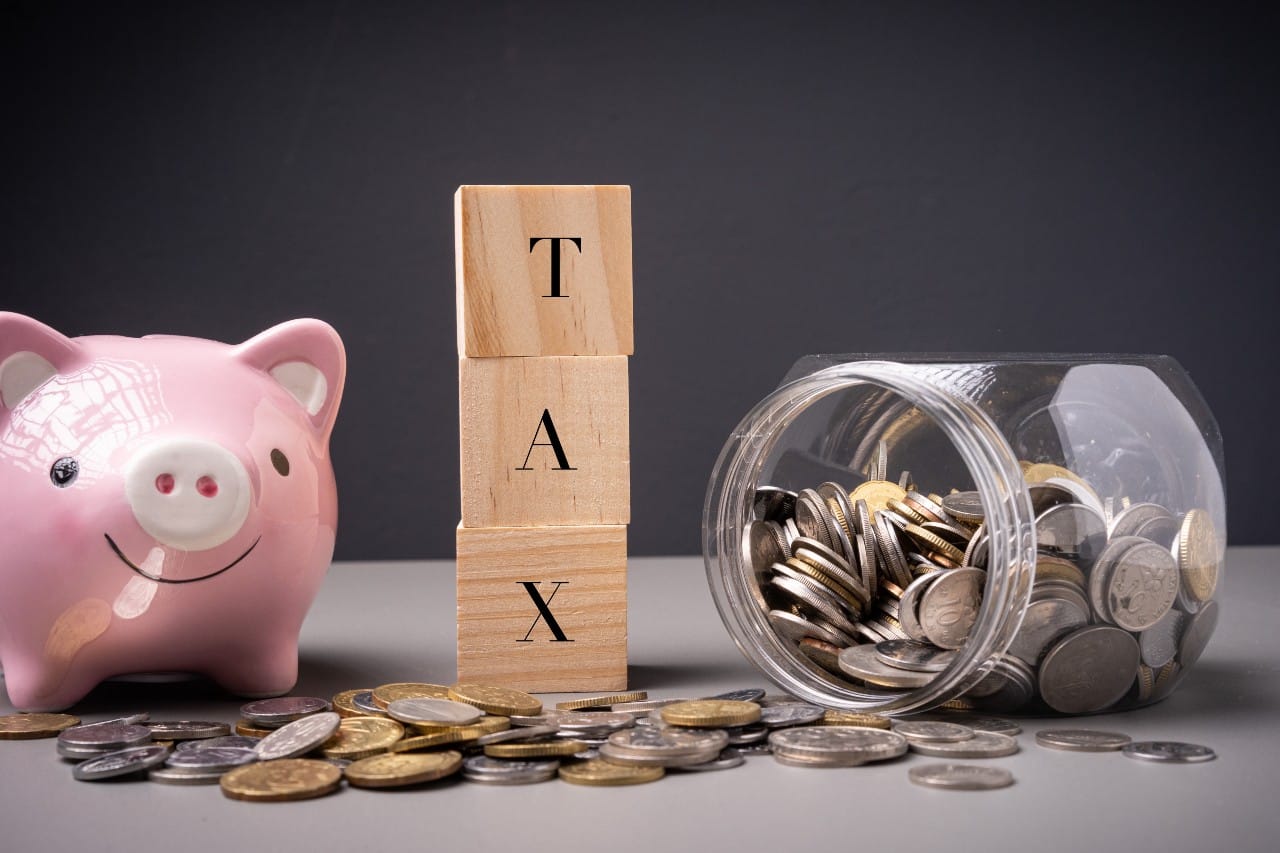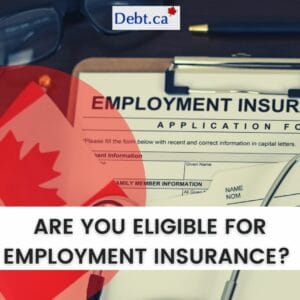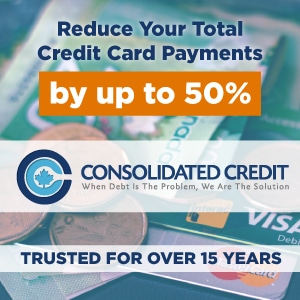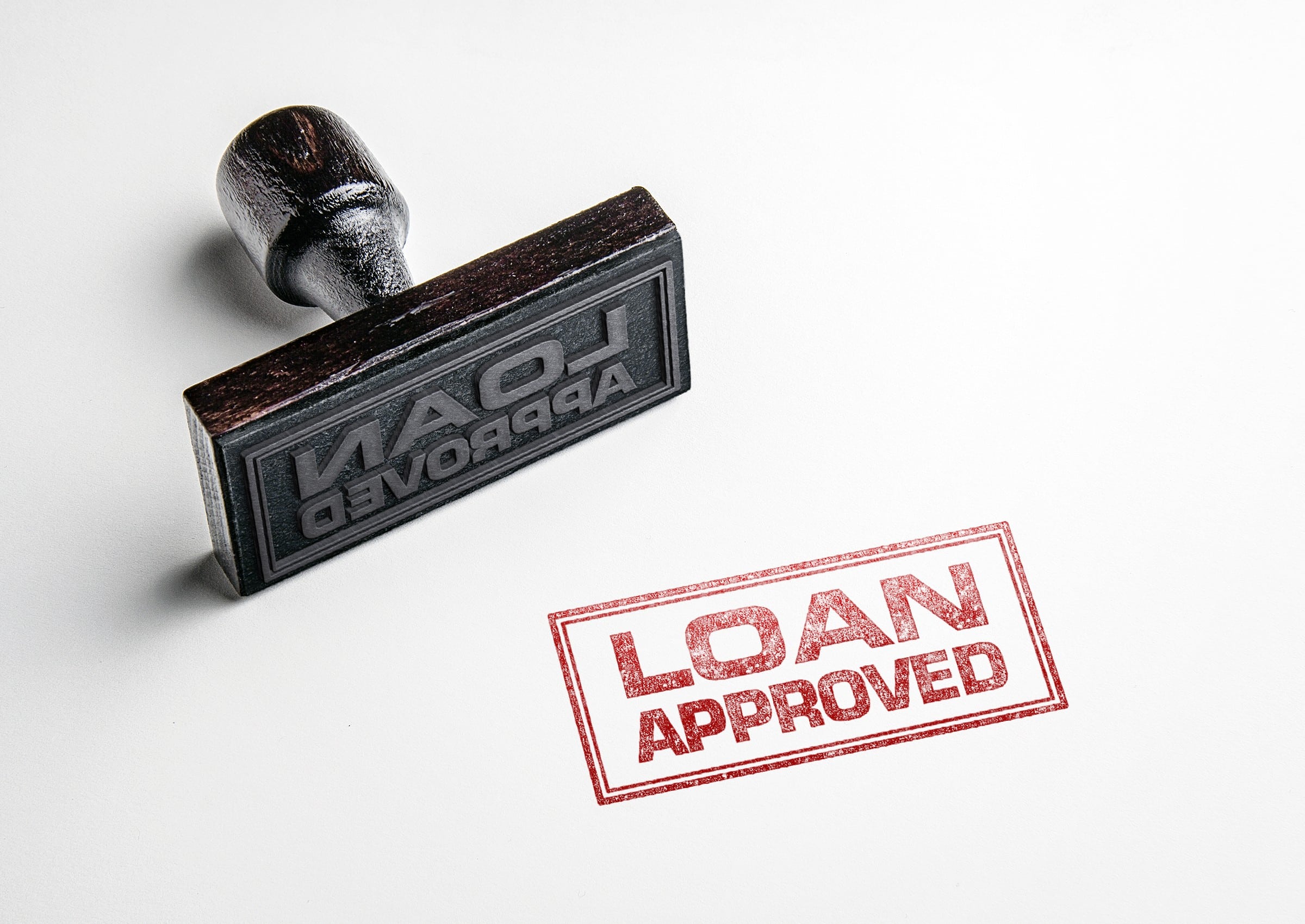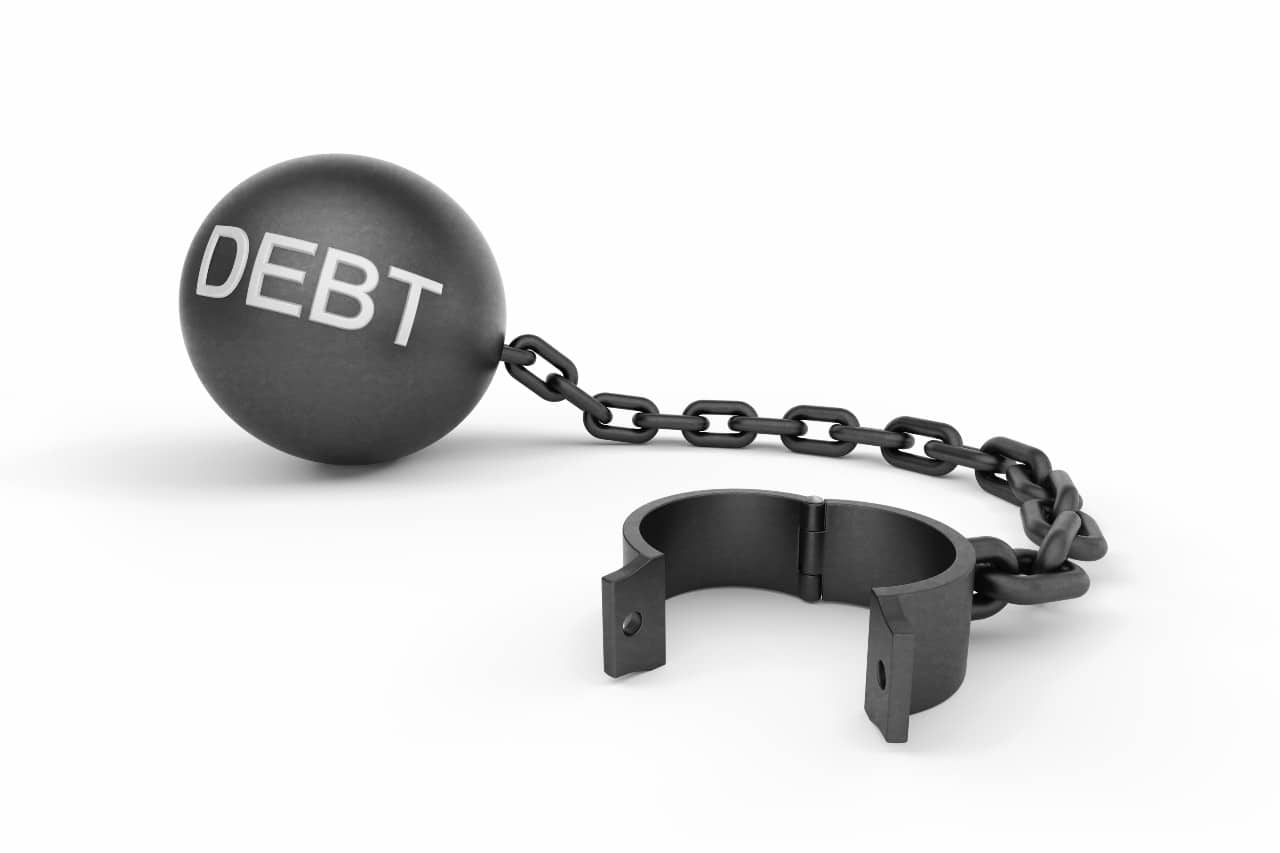Allow me to start by offering my congratulations on your arrival to a country that is diverse, vibrant and full of opportunities! When I was a newcomer to Canada I learned a few things about the Canadian economy and culture that helped me make the most of these opportunities. I’m excited to share my insights here with you.
When does a place become your home? When you know people, places, the lay and the law of the land. Familiarity with these aspects breeds comfort. That’s why it is vital you get familiar with not just your new job and the haunts near your new residence. It’s also important to get to know the financial and economic features of your new home – Canada.
The first few days in the country will be spent in search of housing and a job. The next few, settling into your new home and job. Then, explore the local haunts for sustenance and entertainment. These are the bare necessities, it’s only after that you move to the next tier of necessary items. Namely, a basic understanding of Canadian financial products and the Canadian economy. This enhances your money management skills and helps you better understand the prospects of making it big in your new country. Hence, we start from the broader aspects, i.e. understanding the basic makeup of the Canadian economy.
Canadian Economy
The Canadian economy is highly developed. It ranks 8th in nominal GDP.
There are three main industry types:
Services industries like transportation, education, health care, and construction. More than 75% of working Canadians now have jobs in service industries.
The second is manufacturing. Paper, high-technology equipment, aerospace technology, and automobiles are some of the key products. The largest international trading partner is the United States.
The third is natural resource industries which include forestry, fishing, agriculture, mining, and energy. Many areas are rich in natural resources, particularly oil and metals.
A big chunk of the population, almost 30%, resides in Toronto, Montreal, and Vancouver. The uneven population distribution is due to the Canadian economy and climate.
The State Of The Canadian Economy
As the country emerges from the grip of COVID-19, the economic growth was 3.8% in 2022. However, the country is seeing a sharp rise in expenses, also called inflation. In December, the annual inflation rate was 6.3%. The Bank of Canada is the central bank of the country. They have a target of bringing inflation down to 2%. It also determines the interest rates in the economy. These rates play a significant factor in determining mortgage, auto loan, and other loan rates. The Bank of Canada has raised this interest rate by 425 basis points (or 4.25%) in the last 10 months to 4.5%. They’re doing this in an effort to curtail inflation. Higher interest rates slow inflation. By making spending more difficult demand decreases. This helps supply catch up, thus curtailing inflation.
Banking
Canada offers two main kinds of bank accounts – chequing and savings. A basic chequing account allows you to write cheques and use debit cards. Banks charge a fee for maintaining a basic chequing account. The fee depends on the features of the account. However, as a newcomer, you may be eligible to open a no-fee account for your first year. These offers are how banks and financial institutions try to lure new customers.
Some digital banks, i.e. banks that have no brick-and-mortar branches, can offer no-fee forever accounts. Savings and investment accounts are helpful if you want to save money. They provide higher interest than chequing accounts. Just be aware that with these accounts there is a limit as to the types and number of transactions allowed. A good way to select a bank is to look at the ones offering the most features with the lowest fee.
You’ll also want to find the best savings account rates, Especially, since interest rates in the economy are rising. If you will be sending money internationally, it’s a good idea to also compare the international transfer fees. However, there are plenty of institutions apart from your banks that can facilitate money transfers.
Credit Score
As a newcomer, you have no credit history in Canada. Credit history is established by honouring your bills on time. These bills include mortgage bills, credit cards, utilities, rent, and so on.
One of the first steps to building a credit history is getting a credit card. If you’re not approved for a regular unsecured credit card go for a secured credit card. Just be aware you’ll have to put down a security deposit.
Ensure you pay your credit card bill on time and do not use more than 30% of the available credit limit. For example, if the limit is $1000, do not spend more than $300 before paying it off. As you spend and pay, you’ll establish a credit history which in turn will help your score. A credit score of 660 to 724 is considered to be good. You can access your credit score from either Equifax or TransUnion.
Canadian Real Estate Market
The real estate market in Canada is growing fast. Post-COVID, real estate prices boomed and then cooled down to slightly more affordable levels. As immigration continues, the high demand for housing is expected to continue. Especially in major cities, like Toronto.
The housing market is strong throughout Canada, particularly in Ontario. It’s so strong that there is a shortage. The Ontario housing affordability task force was created with the mandate to address the housing shortage issue. They say Ontario needs 1.5 million homes over the next decade. That’s one of the reasons why the Ontario government adopted legislation to override some zoning laws. Their hope is to free up construction spaces.
Buying Your First Home
To buy a home, you’ll need to apply for a mortgage. There are several kinds and you must ensure you sit down with your lender and understand the advantages and disadvantages of each kind. Mortgage approvals depend on many factors such as your credit score and income.
As explained above, the lack of credit history may deter lenders from approving your mortgage application. However, there are other ways you can prove your creditworthiness. Offering a higher downpayment, a letter from your landlord that speaks to your payment discipline, or even bank statements can help.
The Canada Mortgage Housing Corporation (CMHC) offers alternative methods of establishing creditworthiness for borrowers without a credit history.
As a permanent resident, you can put in as little as 5% as a downpayment. It’s just a matter of meeting the lender’s employment and creditworthiness requirements.
Just be aware that buyers who put down between 5-19% as a downpayment must be insured by the CMHC. CMHC also has programs to help new Canadians secure mortgages. For example, shared equity mortgages. There’s also the first-time home buyer incentive. It can help lower your monthly mortgage payments.
Employment And Income
Canada’s population is ageing and birth rates are one of the lowest globally. This particular demographic makeup means that the labour market is tight. Which is why newcomers like you are welcome.
Newcomers help keep the Canadian economy moving by filling in the high rate of job vacancies. Especially in sectors like healthcare, construction, and professional and scientific services.
November 2022 saw increases in payroll employment which suggests a great hiring market. Many industries also saw a decrease in job vacancies. The healthcare and social assistance industry has the most vacancies, followed by construction. December 2022 saw the unemployment rate ticking down.
If you are unemployed, you might be eligible to receive Employment Insurance (EI). However, you should be paying into the EI contributions while working, so that you can benefit from EI at the time of your need. There are also plenty of other financial benefits you may be eligible to receive from the federal or provincial government.
Childcare
The Government of Canada has programs that provide financial support for families with children. The Canada Child Benefit is paid out to families with children under 18 years of age. You could receive a maximum annual benefit of $6,833 per child to help with the cost of raising a family.
Taxes
Income Tax
There are a variety of taxes that are paid to three levels of government – federal, provincial and municipal. Taxes are deducted from your salary automatically throughout the year. If you are self-employed, you may be required to pay your taxes in a single payment or in several payments.
Each year, you must submit an Income Tax and Benefit Return to inform the government of how much money you earned and how much tax you paid. If you paid too much tax, you will get a refund. If you paid too little, you will have to pay more. Filing your return is a prerequisite to receiving various government benefits like the Child Care Benefit.
Canada uses a tax bracket system. Depending on your taxable income level you fall into one of several income tax brackets. Taxable income is total income minus allowable deductions and exemptions. Each tax bracket pays a different rate of tax. Before filing taxes you’ll need to verify which bracket you fall into as the brackets change each year.
Reducing Taxes Payable
You can reduce your total taxable income by deducting certain allowable expenses. Some deductions include childcare expenses and spousal support payments.
You can also reduce your taxes by depositing money in savings plans like TFSA, RRSP or RESP. (More on this in the investment section below.)
Also, the federal, provincial and territorial governments each provide tax credits. They are used to adjust your taxes payable.
Sales Tax
When you make purchases of goods or services, you have to pay GST. The retailer is responsible for adding GST to your final bill. In some provinces, you may also have to pay a PST. In other areas, the two taxes combine to form HST.
Savings And Investments
Canada offers two individual savings accounts that are great for saving for your future. They are the Registered Retirement Savings Plan (RRSP) and the Tax-Free Savings Account (TFSA).
RRSP
As the name suggests. this plan is for saving for retirement. You must deposit in RRSPs before March of every year because your taxable income decreases by the amount contributed to the plan. Any interest or investment earnings you make in the RRSP are tax-free but will be taxed when it is withdrawn. You can even borrow from your RRSP to buy your first home or pay for your education. However, there is a limit to the amount you can contribute. You can contribute up to 18% of your income in the previous year or the maximum contribution amount for the tax year, whichever is lower. You can hold cash, gold, GICs, bonds, mutual funds, ETFs, and more in an RRSP.
TFSA
You can put your money in the TFSA and any income the plan earns is tax-free. However, there are no tax deductions available during contribution. Here too there are annual limits to contribution. In 2023 the maximum amount you can put in a TFSA is $6,500. However, if you did not contribute the maximum in previous years, you may be able to contribute more. Also, you can take money out of a TFSA and put it back again in a later year.
Which to choose?
Confused about whether to contribute to an RRSP or TFSA? There are two things to consider. One, what is the purpose of saving/investing and two, what will be your tax rate when you will want to withdraw the earnings?
As a general rule of thumb, if you’re saving for retirement, go for RRSP, but if it’s for a shorter-term goal like buying a car, use TFSA.
To go more in-depth, calculate what your current tax rate is right now and estimate what it will be at the time when you want to withdraw. If you expect a lower tax rate during withdrawal (retirement), chose RRSP. If you expect a higher tax rate during withdrawal you may want to start with a TFSA right now.
Pension/Social Security
The Canadian Government’s social security plan has two components. They are the Canada Pension Plan (CPP) and Old Age Security (OAS).
The CPP is a monthly taxable income paid to you after you retire. The standard age to start this pension is 65. The amount you receive each month is based on three things:
- Your average earnings throughout your working life
- Your contributions to the CPP
- The age you decide to start taking your CPP retirement pension
OAS is similar to CPP but with one key difference. While the CPP is paid out to Canadians who have worked and contributed to the plan, OAS is paid out to all senior Canadians. There are some other differences in the calculation of the amount too.
If your move to Canada caused you to get heavily into debt and are struggling to keep up with bills, Consolidated Credit can help! Talk with one of our trained Credit Counsellors today.

